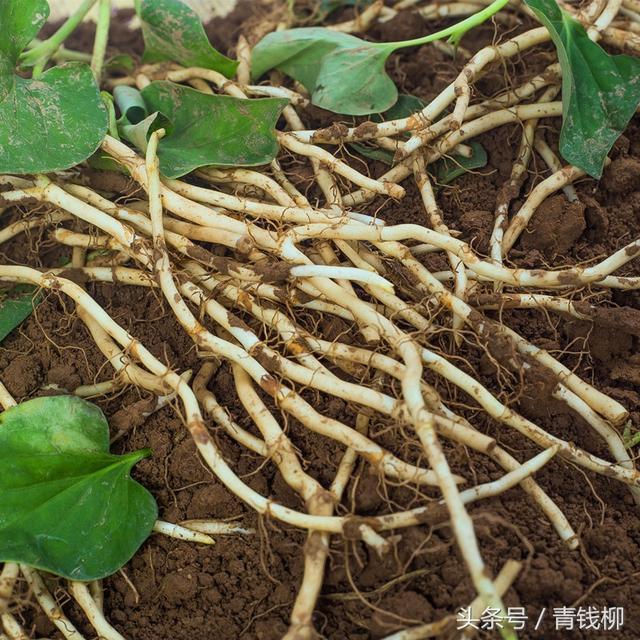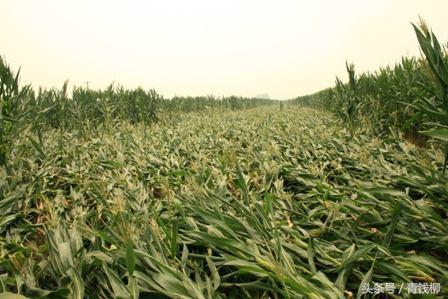Characteristics and cultivation techniques of Houttuynia cordata Thunb

Characteristics and cultivation techniques of Houttuynia cordata Thunb
The whole plant of Houttuynia cordata can be used as medicine, which has the effect of clearing heat, detoxification and diuresis, and can be used to treat enteritis, dysentery, nephritis edema, mastitis, otitis media and so on. In recent years, with the rise of medicine and food homology and return to nature, Houttuynia cordata Thunb has become one of the favorite mountain vegetables of residents in southern Shaanxi. However, because the wild houttuynia cordata resources are precious and limited by the season, the wild resources are in short supply and the market price is high, and the mountain residents are faced with relying on local resources to produce high-quality agricultural products with high value, so as to upgrade the industrial structure and shake off poverty and become rich. The author learned the advanced planting technology of Houttuynia cordata Thunb in Sichuan in 2017, and trained teachers to use popular language to explain five main points: first, planting magic weapon, oblique planting, more lateral buds, which can increase production by 1 pound; second, planting in arched shed, which can be produced all the year round, which solves the problem that Houttuynia cordata can not survive the winter; third, food is given priority to, with medicine as a supplement; fourth, sales in local restaurants and hotels are given priority to, while Internet e-commerce sales are supplemented. Fifth, build a pollution-free base and strive for the export of houttuynia cordata flowers. Its ultimate goal is to fill the gap in the market through artificial planting. The characteristics and cultivation techniques of Houttuynia cordata Thunb are summarized as follows.
1 feature characteristic
1.1 Biological characteristics
The distribution of wild Houttuynia cordata Thunb in China is mainly concentrated in the southern provinces and regions, and southern Shaanxi is one of the suitable areas, but the wild resources have declined sharply in recent years. Houttuynia cordata Thunb has a wide range of adaptability and can grow in frost-free periods all over the country. The middle and lower reaches of the Yangtze River can survive the winter normally. The temperature is 12 ℃ and the temperature during the growing period is 16-25 ℃. Houttuynia cordata Thunb has the characteristics of moisture tolerance, waterlogging tolerance, shade tolerance, lax light and soil requirements. Herba Rehmanniae is a perennial herb with a fishy smell, with a height of 30-50 cm, erect in the upper part of the stem, creeping in the lower part, nodes in the lower part and whorled rootlets on the nodes.
The leaves are thin papery, alternate, with ovate or broadly ovate glandular spots on the surface and back, heart-shaped, entire, 4-10 cm long, 2-6 cm wide, 5-7 palmately veined, petiole 1.0-3.5 cm long, glabrous, stipule membranous 1.0-2.5 cm long, petiole United with the lower part to form a sheath. Summer flowering, florescence May-June, without perianth, arranged in a spike opposite to leaves, about 2 cm long, involucral bracts 4, born at the top of the total pedicel, white, petaloid, 1-2 cm long, stamens 3, filaments long, lower part connate with ovary, pistil composed of 3 connate carpels. Fruit 10-11 months, capsule 2~3mm in diam., subglobose, apical dehiscence, with persistent style. Seeds ovate.
1.2 Reproductive methods
There are generally three propagation methods of Houttuynia cordata Thunb, which are split propagation, cuttage propagation and rhizome propagation, and the propagation materials are generally taken from the local plants which are healthy and free of diseases and insect pests in the field. Split-plant propagation: prepare the seedbed with sandy loam, dig out the mother plant from late March to April, or directly transplant. Rhizome propagation: the white stout rhizome without disease spot was selected in February-March, cut into small segments with more than 2 axillary buds, and planted on the seedling bed. Cutting propagation: cut the disease-and insect-free branches to grow cuttings of 12-15 cm in spring and summer, and then cut them in the soil bed with row spacing of 10 cm × 16 cm or 10 cm × 14 cm, watering and shading after cutting, rooting and transplanting seedlings. No matter which breeding method is adopted, we should pay attention to anti-freezing and heat preservation in winter and early spring, shading and moisturizing in summer and early autumn.
2 cultivation techniques
Planting houttuynia cordata produces quick results. It can be harvested in batches after planting in the mountainous area of southern Shaanxi Province for 3 months, and it can be harvested all the year round, or it can be planted and harvested in off-season. Because of its natural fishy smell, no diseases and insect pests are found during the growth period, it is a pollution-free and pollution-free vegetable, which sells well in the market and has high efficiency. The yield of Houttuynia cordata is about 45 t/hm 2, and the price is 40.10 yuan / kg.
2.1 site preparation and planting
Houttuynia cordata can be planted all the year round, but the best time to sow is around the Beginning of Spring, and it can be harvested in spring, early summer and winter. The cultivation of Houttuynia cordata Thunb should choose the land with natural shade (half shade and half sun) and loose and fertile soil, and apply farm soil fertilizer 45-60 t/hm 2 as base fertilizer. A trench with a depth of 8 cm 10 cm and a width of 13 cm in the same direction was opened on the seedbed with a row spacing of 20 cm. The seed roots were connected from head to tail and placed continuously in the trench with 2 rows parallel in each trench. The distance between seed stem segments was 5 cm. Planting in summer high temperature season, in order to ensure the survival rate, generally requires 3 sections; planting before winter, in order to ensure its normal growth and development, it is required to cover plastic film or newspaper.
2.2 Daily management
One is water management. In case of drought in the seedling stage after planting, it should be watered sooner or later to moist the border soil, timely watering in the dry season, timely drainage in the rainy season, and avoiding stagnant water in the seedling bed for a long time. The second is fertilizer management. Before the seedlings survived, weeding and topdressing were carried out for 2 to 3 times, and nitrogen fertilizer was used as the main fertilizer, urea 20: 30 g was applied at first, dilute and then concentrated, nitrogen fertilizer was applied after each harvest to promote plant germination, and phosphorus and potassium fertilizer were applied after harvest in autumn, and soil cultivation was carried out at the same time. The third is weed control and heart-picking. If weeds are found, they should be cleared in time, shallow ploughing and loosening the soil should be carried out timely, and the plants with overgrown stems and leaves on the ground should be coring, so as to inhibit the growth and height and promote the occurrence of lateral branches. Fourth, timely coverage. Pay attention to cover plastic greenhouse or arch shed in winter and shade in summer to prevent direct sunlight.
2.3 harvesting and sales
Choose the right time to harvest according to the product category. The tender stems and leaves can be harvested when the seedling height is 8: 10 cm after planting, and can be harvested every 10 to 20 days after planting, either fresh or sun-dried. For those who collect underground stems, they can be dug up in time after 6 months of planting, wash and remove impurities, while fresh on the market or used for flooding processing. The underground stem reserved for seed can be picked at any time. The whole herb of Houttuynia cordata can be used as medicine, can be harvested at any time, washed, dried, stored or put on the market.
- Prev

The types, harm and Control measures of Maize lodging
The species and harm of maize lodging and its control measures 1 the species and harm of maize lodging refers to the breaking or tilt of corn stalk internodes. There are three situations: stem lodging, root lodging and stem inversion. The lodging of the stem is that the stem grows slender.
- Next

Applause for the grass.
Applause to the grass's favorite thing is to grow a beautiful big flower ball, but always feel that the flower ball is missing something, why obviously raised more beautiful than foreign publicity pictures, but still feel that the picture is poor, and then realized that it is.
Related
- Wuhan Hospital Iron Tree Blooming Result Was Instantly Frightened by the Gardener Master
- Which variety of camellia is the most fragrant and best? Which one do you like best?
- What is the small blue coat, the breeding methods and matters needing attention of the succulent plant
- Dormancy time and maintenance management of succulent plants during dormancy
- Minas succulent how to raise, Minas succulent plant pictures
- What are the varieties of winter succulent plants
- How to raise succulent plants in twelve rolls? let's take a look at some experience of breeding twelve rolls.
- Attention should be paid to water control for succulent plants during dormant period (winter and summer)
- Watering experience of twelve rolls of succulent plants
- Techniques for fertilizing succulent plants. An article will let you know how to fertilize succulent plants.

